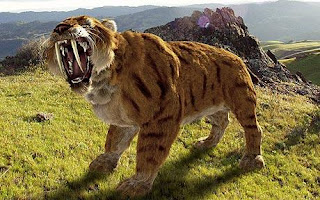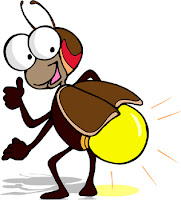 |
| Saber toothed cat |
In my early post we talked about some common facts that are shared by the whole cat family. Now let’s talk about domestic cats. These Cats have a long history; their prehistoric member was SABRE TOOTHED CAT which is very much similar to the tiger and about the same size. This Saber toothed cat developed six inch long canine tooth extending from its upper jaw. scientists believed this development of over sized tooth led to extinction of these unusual cats where as they could not open their mouth wide enough to bite well.
 |
| Kaffir cat |
While Saber toothed cat is the prehistoric member of the cat family KAFFIR CAT an African wild cat was probably an ancestor of the domestic cat. They still live in North Africa and look very much like Tabbies (domestic cat breed). Egyptians were the first to tame and domesticate these small wild cats and it is thought that Phoenician ships calling at Egyptian ports traded them and carried cats to Greece and Italy. And Roman armies marching in to Spain and Northern Europe took cats with them as pets. Probably some of these cats may have mated with European wild cats, which still exist in wild in Scotland and in wooded Northern Europe. These domesticated cats became the most sacred of the Egyptians and this may be the reason for the Egyptian moon goddess to have a cat’s face. In Egypt some cats were mummified and buried with their owners when they died. And it was a crime to kill or steal a cat. And they were the inspiration for statues, jewelry and many other forms of decorative arts. Not only in Egypt, in China cats have been valued for many years. Their job was to protect the cocoons of silkworms from being destroyed by rats.




